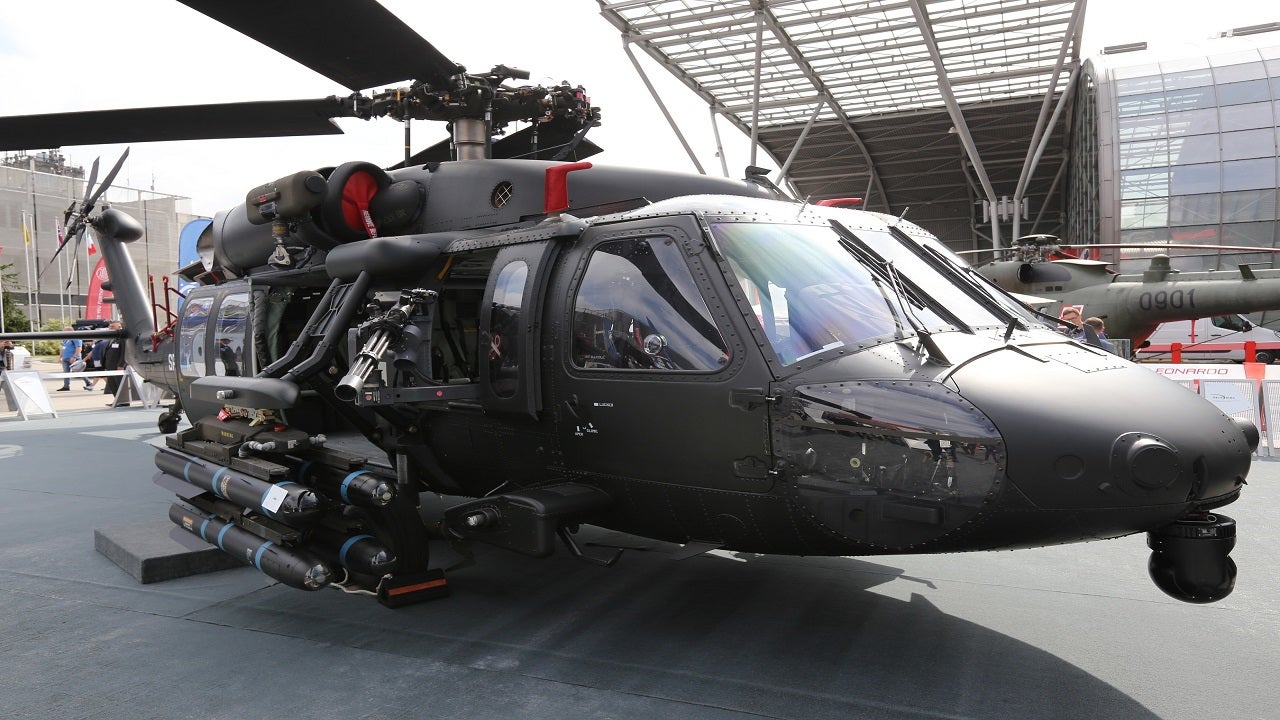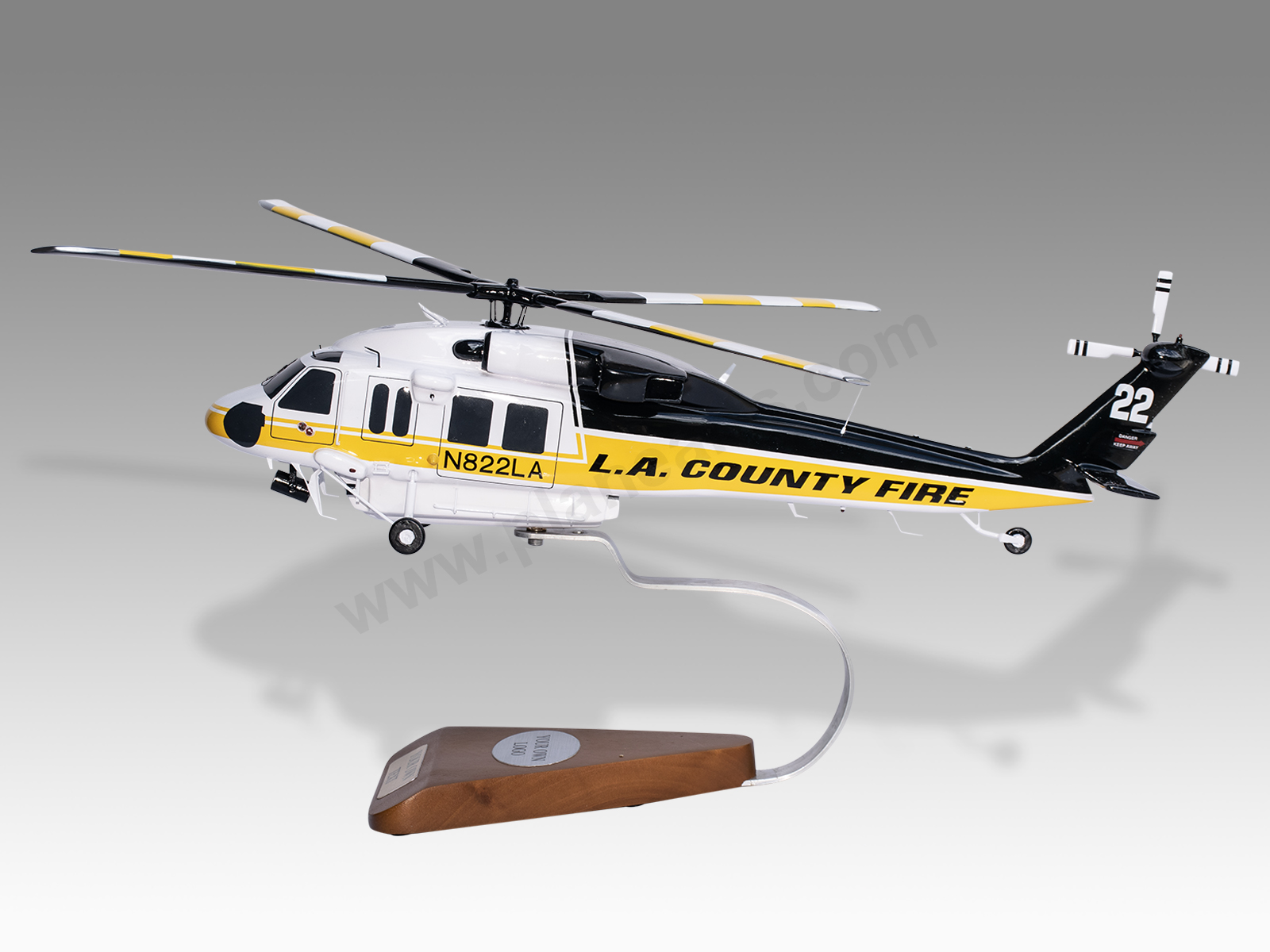High-Performance Multi-Role Rotorcraft Featuring Advanced Cockpit Technologies and Integrated Sensing Unit Solutions
The realm of rotorcraft modern technology has actually seen remarkable improvements in recent times, especially in the realm of high-performance multi-role rotorcraft geared up with advanced cockpit modern technologies and perfectly incorporated sensor systems. These developments have not just boosted the functional abilities of rotorcraft yet have likewise dramatically impacted modern-day aeronautics operations on various fronts. From improved mission convenience to improved operational effectiveness, the merging of sophisticated cabin modern technologies and incorporated sensing unit systems has ushered in a brand-new age of possibilities for rotorcraft applications. In the following discussion, we will discover the evolution of rotorcraft technology, look into the world of sophisticated cockpit developments, and analyze the ramifications of integrated sensing unit systems on the functional flexibility and effectiveness of modern rotorcraft.
Evolution of Rotorcraft Modern Technology
The advancement of rotorcraft technology has been marked by substantial improvements in the rules of aerodynamics, materials, and propulsion systems, shaping the capacities and performance of modern rotorcraft. Aerodynamic enhancements have boosted the effectiveness and ability to move of rotorcraft, allowing for boosted speed, dexterity, and stability throughout trip (sikorsky s 70). Developments in materials, such as using composite products and progressed alloys, have actually brought about lighter yet stronger rotorcraft structures, improving overall performance and toughness. In addition, innovations in propulsion systems, consisting of extra effective engines and ingenious propulsion technologies, have actually allowed rotorcraft to attain higher altitudes, faster rates, and greater hauls.
These advancements have not just transformed the capabilities of rotorcraft but have actually likewise increased their applications across numerous markets, consisting of army, industrial, and emergency solutions. The constant development of rotorcraft technology remains to drive advancement in the field, pressing the limits of what is feasible and shaping the future of upright flight.
Advanced Cockpit Innovations
Building upon the foundational advancements in aerodynamics, products, and propulsion systems, the realm of rotorcraft innovation now moves focus towards pioneering Advanced Cockpit Innovations. The integration of sophisticated innovations within the cockpit setting plays an important function in boosting the operational capabilities, safety and security, and efficiency of modern-day rotorcraft. sikorsky s 70. Advanced Cabin Innovations include a wide array of functions made to supply pilots with improved situational understanding, structured data management, and intuitive control interfaces
Among the vital developments in cockpit design is the implementation of glass cabins, which replace conventional analog determines with high-resolution screens. These digital systems offer personalized designs, real-time data combination, and enhanced readability, making it possible for pilots to accessibility critical details at a glimpse. Moreover, advanced avionics systems, such as fly-by-wire controls and enhanced truth display screens, are changing how pilots communicate with the airplane, permitting accurate control and enhanced decision-making capabilities.


Including innovative cabin technologies not only improves pilot performance but likewise adds to overall objective performance and safety in complex functional settings. By leveraging state-of-the-art technologies within the cabin, rotorcraft suppliers are establishing new standards for operational quality and goal success.
Integrated Sensing Unit Systems
With the development of rotorcraft innovation, the integration of advanced Integrated Sensor Systems has ended up being paramount in improving functional performance and safety and security. These Integrated Sensing unit Systems incorporate a wide variety of technologies that give important data for numerous functions such as navigating, security, targeting, and environmental monitoring. By effortlessly incorporating sensors like radars, electronic cameras, lidar, and infrared systems right into rotorcraft, drivers can gain from boosted situational awareness, enhanced goal capacities, and minimized pilot workload.
One secret benefit of Integrated Sensing unit Systems is their capability to gather real-time data and offer workable understandings to pilots and objective operators. As an example, advanced radar systems can spot and track targets over cross countries, permitting very early threat detection and efficient Homepage action preparation. Additionally, integrating electro-optical and infrared cams allows rotorcraft to carry out reconnaissance and monitoring missions with precision and accuracy.
Fundamentally, the assimilation of innovative sensing unit innovations right into rotorcraft not only boosts functional efficiency however also adds dramatically to general mission success and team safety. As rotorcraft proceed to progress, the role of Integrated Sensor Systems will unquestionably stay at the forefront of advancement in the aerospace industry.
Functional Versatility and Performance
Enhancing operational flexibility and performance in rotorcraft is an all-natural progression from the assimilation of innovative Integrated Sensing unit Solutions. By leveraging the insights and data supplied by these cutting-edge sensor systems, rotorcraft can enhance their performance across different missions and environments.
Functional convenience includes the capacity of rotorcraft to adapt to different functions and circumstances successfully. With sophisticated cabin modern technologies and incorporated sensing unit systems, rotorcraft can perfectly shift between tasks such as search and rescue, clinical evacuation, security, and more. This adaptability enhances the rotorcraft's capability to meet varied operational demands without needing extensive reconfiguration.
Effectiveness in rotorcraft operations is crucial for taking full advantage of mission performance and resource use. Integrated sensing unit systems play a critical duty in enhancing operational performance by providing real-time information on climate conditions, surface mapping, target monitoring, find out and extra. This information allows pilots to make educated choices promptly, enhance trip paths, save fuel, and improve total goal efficiency.
Impact on Modern Air Travel Procedures

In addition, the integration of advanced sensing units facilitates enhanced goal preparation and implementation, making it possible for rotorcraft to perform a broad variety of tasks with enhanced precision. From search and rescue operations to airborne firefighting and police goals, the capabilities of contemporary rotorcraft furnished with sophisticated cabin technologies and incorporated sensing unit systems are unequaled.
Moreover, the effect of these advancements prolongs past functional performance to cost-effectiveness and sustainability. By Recommended Reading optimizing flight routes, fuel usage, and maintenance routines, high-performance rotorcraft outfitted with innovative cabin technologies and sensors add to decreasing functional prices and ecological influence, making them essential properties in modern-day aviation operations.
Verdict
In final thought, the high-performance multi-role rotorcraft with innovative cabin innovations and integrated sensor systems represents a significant evolution in aeronautics modern technology. These technologies boost functional adaptability and effectiveness, eventually affecting modern aviation operations in a positive way. The integration of these innovative modern technologies permits enhanced capabilities and efficiency in numerous objective scenarios, showcasing the continued advancement of rotorcraft modern technology in the aeronautics sector.
The realm of rotorcraft innovation has seen notable innovations in recent times, particularly in the world of high-performance multi-role rotorcraft geared up with cutting-edge cabin technologies and flawlessly incorporated sensor systems. From boosted mission convenience to enhanced functional effectiveness, the merging of sophisticated cockpit technologies and integrated sensing unit systems has ushered in a new period of opportunities for rotorcraft applications. In the complying with discussion, we will certainly check out the advancement of rotorcraft innovation, delve right into the realm of innovative cockpit innovations, and take a look at the implications of integrated sensing unit systems on the operational flexibility and performance of modern rotorcraft.
